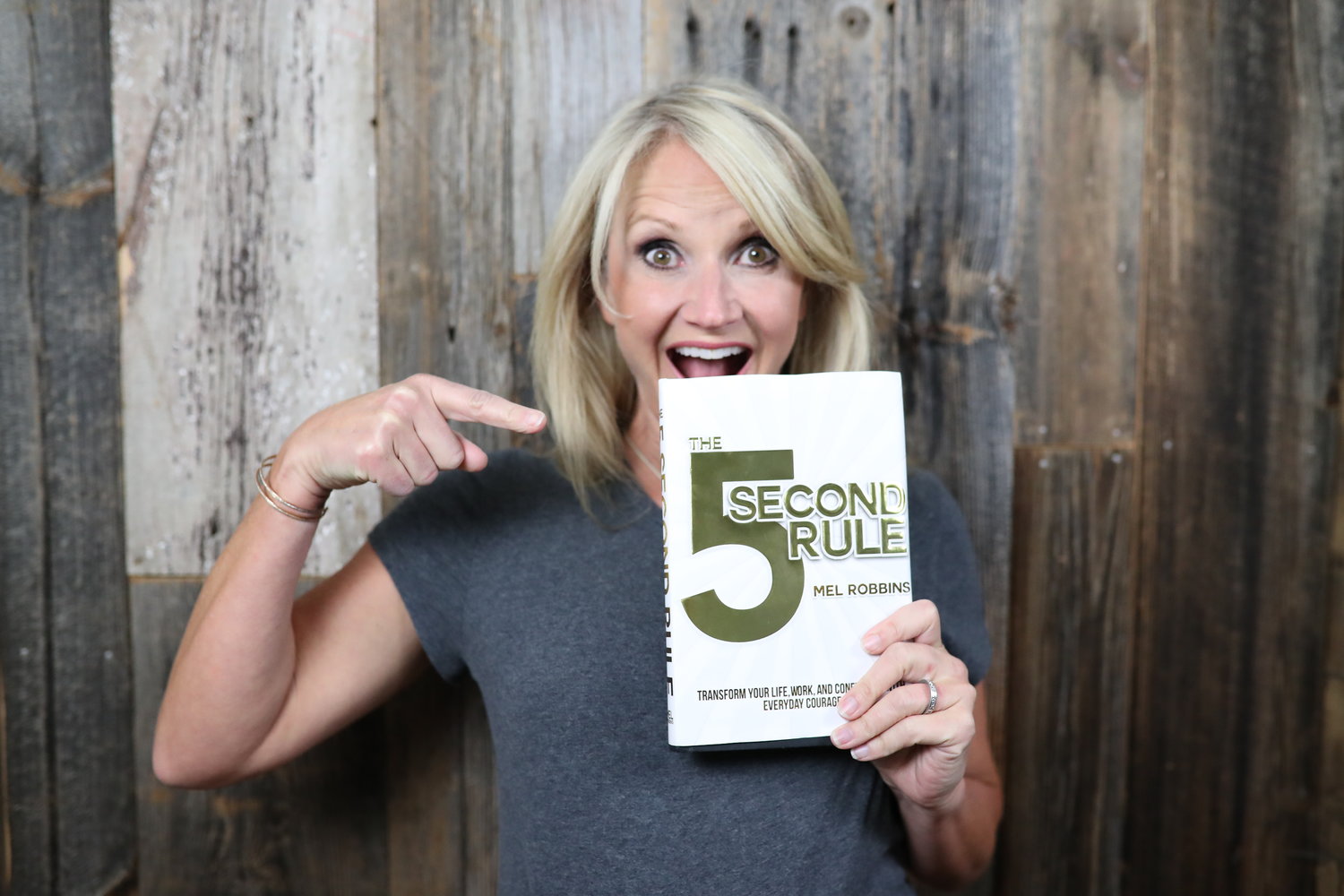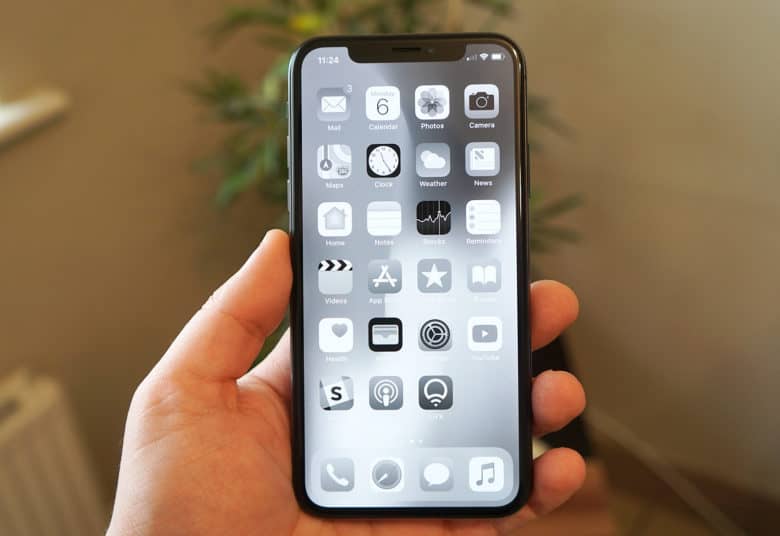“He’s dead.”
Staring in shock at my high school Guidance Department secretary, I thought that it couldn’t be true, it couldn’t be true, it couldn’t be true. I’d just talked to him last week.
“It happened so suddenly,” she whispered, tears shining through thick glasses, glossy red lips quivering silently in slow motion. “I am so sorry.”
Mr. Wilson was my guidance counselor. He had a shiny head holding two fluffy-cloud patches of gray hair on the sides and wore thick glasses and loose-fitting gray T-shirts while helping students with timetables, college applications, and personal problems.
Everybody loved Mr. Wilson.
I talked to him about summer jobs and he calmed me down during exams. He had a quiet, big-picture worldview that helped us get above ourselves and see beyond life in our hometown.
You could tell Mr. Wilson loved his job by the way his eyes twinkled as he bounced through the halls, spouting hellos and high-fiving students, calling everybody by name. He was always smiling, and our school was his home.
Back when I was in high school, the government had mandatory retirement. You turned sixty-five and poof! The government yanked you out of the workforce in a cloud of smoke and moved you straight on to old-age pension. You had no choice. And let’s face it — almost everybody wanted to retire way before sixty-five, anyway. TV ads preached “Freedom 55” with gray-haired couples skipping town to swim at the cottage, play golf, and sail into the sunset.
Retirement is a good thing. A great thing! What everybody wants, dreams about, wishes for, over and over and over and over . . . until it finally comes.
Do whatever, whenever, wherever . . . forever?
Sounds like a good deal!
The funny thing is that when Mr. Wilson retired . . . he didn’t look happy. None of us did. We had the big celebration with cake, music from the band, and teary speeches from former students. It was like the final scene in Mr. Holland’s Opus. Mr. Wilson said he was excited to be retiring, but his thin smile and wet eyes said the opposite.
But mandatory retirement came at age sixty-five . . . and so he retired.
The next week he had a heart attack and died.
The horrible idea the Germans had that ruined things for everybody
Every day there’s another article about how all of our retirements are doomed. Public pension promises in the U.S. vastly exceed their ability to pay. We now need nearly $400,000 at age 65 just to cover health care costs. And retirement itself increases your risk of depression by 40%.
For many of us, it’s starting to feel like the light at the end of the tunnel of life has been blocked by a triple-bolted steel door. Who’s to blame for this mess?
The Germans.
Yes, back in 1889, German Chancellor Otto von Bismarck invented the idea of retirement, establishing the concept for the rest of us. “Those who are disabled from work by age and invalidity have a well-grounded claim to care from the state,” he said at the time. He wanted to address high youth unemployment by paying those 70 and older to leave the workforce, and other countries followed suit with retirement ages around 65 or 70.
But there is one big difference between 1889 Germany and the world we live in today: The average lifespan then was 70 years. Penicillin wasn’t discovered for forty years! Now we’re all living much, much longer. And many of us would like to retire much earlier. But the scary headlines — and the realities that we see around us — cast doubt on our ability to ever retire. The entire concept of retirement is starting to feel flimsy at best.
So what are we to do, short of working the rest of our days away?
What can we learn from the healthiest 100-year-olds in the world?
To get to the root of the issue, let’s look past the North American shorelines (where I live) all the way to the beautiful sandy islands of Okinawa, in the East China Sea. According to the Okinawa Centenarian Study, men and women in Okinawa live an average of seven years longer than Americans and have one of the longest disability-free life expectancies in the world.
Dan Buettner and fellow researchers from National Geographic studied why Okinawans live so long. What did they find out? Among other things, Okinawans eat off of smaller plates, stop eating when they’re 80% full, and have a beautiful setup wherein they’re put into social groups as babies to slowly grow old together.
But they also have an outlook on life that is very different from those in the West. While we think of retirement as the golden age of golf greens and cottage docks, guess what they call retirement in Okinawa?
They don’t. They don’t even have a word for it. Literally nothing in their language describes the concept of stopping work completely. Instead, one of the healthiest societies in the world has the word ikigai (pronounced like “icky guy”), which roughly translates to “the reason you wake up in the morning.”
It’s the thing that drives you most.
Toshimasa Sone and his colleagues at the Tohoku University Graduate School of Medicine wondered whether having an ikigai could actually help extend longevity, health, and late-life stability, so they put the concept to a test. They spent seven years in Sendai, Japan, studying the longevity of more than 43,000 Japanese adults with regard to age, gender, education, body mass index, cigarette use, alcohol consumption, exercise, employment, perceived stress, history of disease, and even subjects’ self-rated scores of how healthy they were. Then they asked every single one of these 43,000 people, “Do you have an ikigai in your life?”
Participants reporting an ikigai at the beginning of the study were more likely to be married, educated, and employed. They had higher levels of self-rated health and lower levels of stress. At the end of the seven-year study, 95% of the folks with an ikigai were alive.
Only 83% of those without an ikigai made it that long.
The 4 S’s
To put it another way: We don’t actually want to retire and do nothing. We just want to do something we love. And I’m not talking about endless days of back nines, fishing, and sailing into the sunset. While we might want some time to do those things, you’d be surprised to learn how quickly the bloom can come off of that type of rosy retirement. I believe that we’d all be better served by taking the concept of ikigai and distilling it into what I call the 4 S’s:
Social: Friends, peers, and coworkers who brighten our days and fulfill our social needs.
Structure: The alarm clock ringing because you have a reason to get up in the morning, and the resulting satisfaction you get from earned time off.
Stimulation: Keeping our minds challenged by learning something new each day.
Story: Being part of something bigger than ourselves by joining a group whose high-level purpose is something you couldn’t accomplish on your own.
Now, am I saying that if you’re six weeks away from your final punch-out after 30 years at the meatpacking plant, you should suddenly skewer your dreams and ramp up for 30 more? Of course not. What I’m saying is that retirement is a Western invention from days gone by that’s based on broken assumptions that we want — and can afford — to do nothing.
If you’re already struggling to pay bills and your career’s sitting on tectonic plates that are threatening to shift below the labor market, my recommendation is to dig deep into your natural passions to find a second act that aligns with your values.
There are far more problems and opportunities on this spinning planet than there are people to help with them so if you feel lost, follow your heart, find your ikigai, and remember the 4 S’s.
And stop worrying that you won’t ever be able to retire.
You’ll be far better off if you don’t.
An earlier version of this article appeared in Harvard Business Review
I expand on this idea in The Happiness Equation











